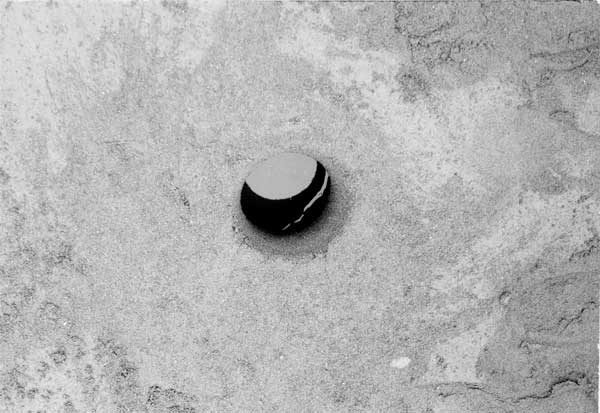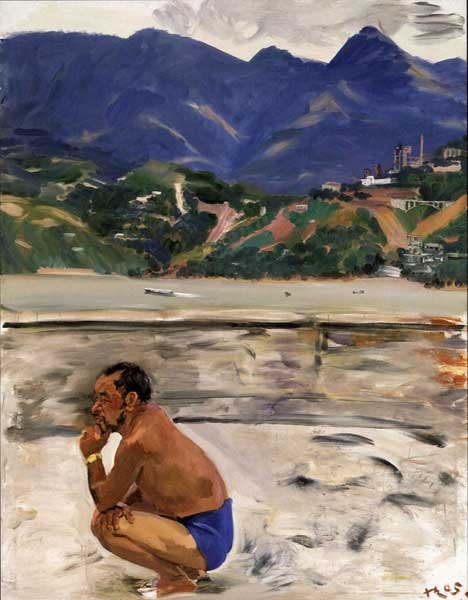| Sun | Mon | Tue | Wed | Thu | Fri | Sat |
|---|---|---|---|---|---|---|
| 1 | 2 | 3 | 4 | 5 | ||
| 6 | 7 | 8 | 9 | 10 | 11 | 12 |
| 13 | 14 | 15 | 16 | 17 | 18 | 19 |
| 20 | 21 | 22 | 23 | 24 | 25 | 26 |
| 27 | 28 | 29 | 30 | 31 |
CATEGORIES
RECENT ENTRIES
BLOG ROLL
A new dam generates new art
When it becomes fully operational in 2011, the Three Gorges Dam on the Yangtze River will generate the same amount of power as 15 nuclear power plants, making it the largest hydroelectric project in human history. But the human cost of the dam—including about 1.3 million people displaced by its 410-mile-long artificial lake and thousands of years of archaeological sites and contemporary buildings destroyed by its flooding—is also great.
The Smart Museum exhibit Displacement: The Three Gorges Dam and Contemporary Chinese Art opened Thursday and features four artists whose work addresses the dam's effects. Curator and art-history professor Wu Hung gave an opening lecture to a crowd packed into the Cochrane-Woods Art Center.
For the artists he selected, Hung said, the exhibit was “not something external” but rather an opportunity to “respond and think about the issue” of the dam and how it affected them and their subjects. Zuang Hui, for example, was “thinking of the future in the future past tense,” said Hung. In 1997 the experimental artist traveled by boat down the Yangtze River and drilled patterns of holes in the rock near the dam construction. He photographed each hole, abstracting the circular shape in the rock. In 2005, after the government flooded the area to create an artificial lake, Hui sent a photographer back to the sites for new pictures. In Hung’s words, the images are now “only water, water, water.”
The exhibit's three other artists all work in different media. Chen Qiulin, a video artist born in a town displaced by the dam, made a series of mournful films, the first of which Hung said represents “the death of a place and the death of a woman.” Painter Yun-fei Ji used traditional Chinese scroll-painting techniques to depict and fragment contemporary subjects into the linear image shown on the scroll. And a massive 20-foot oil painting by realist Liu Xiaodong looms across the largest gallery wall, showing construction workers playing a card game. Using a long brush and “skilled determination,” Xiodong painted the canvas in three weeks at one of the construction sites. The “site-specific work,” Hung said, conveys how “the artist cannot remain inactive” when presented with such an overwhelming subject.
Rose Schapiro, ‘09

|

|
Images courtesy the Smart Museum of Art.
October 6, 2008
